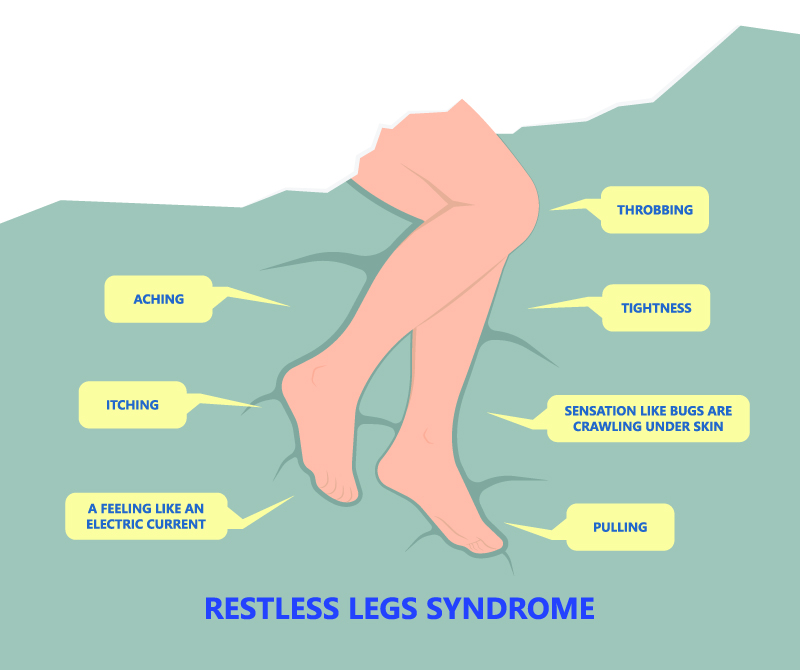Sleep disorders are a group of conditions that affect the ability to sleep well on a regular basis. Millions of people complain about not getting enough sleep. More often than not, stress is the main culprit. However, there are several causes for sleep deprivation that demand medical attention.
Some of the signs and symptoms of sleep disorders include excessive daytime sleepiness, irregular breathing, or increased movement during sleep. Other signs and symptoms include an irregular sleep and wake cycle and difficulty falling asleep. Research says that excess sleeping in itself is a sleeping disorder.
Here are five of the most commonly seen
sleep disorders and ways you can identify them.
· 1. Insomnia:-
 |
Insomnia is a condition in which a person is unable to fall asleep and stay asleep for a certain period of time and finds it difficult to wake up early in the morning for a minimum of 3 nights/week for at least 1 month.
Primary insomnia usually has no underlying health condition. It generally occurs due to stress and disruption of sleep schedule. Secondary insomnia occurs as a side effect of an underlying health condition such as arthritis, stroke, overactive thyroid. They lack concentration and are hence less productive. Insomnia often leads to anxiety and depression.
· 2. Narcolepsy:-
 |
| Image Source: ENCORE Research Group |
Narcolepsy is characterized by excessive daytime sleepiness, hallucinations,
drowsiness, and sleep paralysis. While the exact cause of narcolepsy remains
unknown, it may show up as an Autoimmune Disorders, because of genetic factors
or as a result of a brain injury.
· 3. Obstructive sleep apnea (OSA):-
 |
| Image Source: IndiaMART |
OSA is a condition in which the patient temporarily stops breathing during sleep at least 5 times every hour for about ten seconds each. These pauses in breathing lead to a drop in the level of oxygen in the blood. As the result, the person tends to wake up several times during the night. However, OSA can also occur due to certain Endocrine, large tonsils, and kidney or heart failure.
· 4. Restless leg syndrome (RLS) or Willis-EKbom disease (WED):-
\
 |
| Image Source: Hamilton Vascular |
Restless
leg syndrome is a condition in which the patient gets a strong and irresistible
urge to move their legs. The symptoms most commonly show up in the evening and
while resting. As a result, the person finds it difficult to fall asleep. RLS is
often seen in patients with Parkinson’s disease. If one has a family history
of RLS it is highly likely that he or she will get it too.
· 5. Periodic limb movement disorder ( PLMD ):-
 |
| Image Source: MedicineNet |
PLMD may look quite similar to RLS when it comes to the common signs and symptoms. A PMLD patient jerks their legs during sleep at a regular interval of 5 to 90 seconds. The patient generally does not know about the condition and often the bed partner describes the symptoms. If you have this condition you would feel as if you didn’t get enough sleep at night and as a result would be sleepy during the day.
What are the Causes of sleep disorders?
There are different causes for different sleep disorders, including:
- Other conditions, such as heart disease, lung disease, nerve disorders, and pain
- Mental illnesses, including depression and anxiety
- Medicines
- Genetics
- Caffeine and alcohol
- An irregular schedule, such as working the night shift
- Aging - As people age, they often get less sleep or spend less time in the deep, restful stage of sleep
Written By - Violet Priscilla S
Edited By - Anamika Malik










4 Comments
Nyc👍
ReplyDeleteNice one 👍
ReplyDeleteGreat article and learned a lot from reading this article
ReplyDeleteNice 👍
ReplyDelete